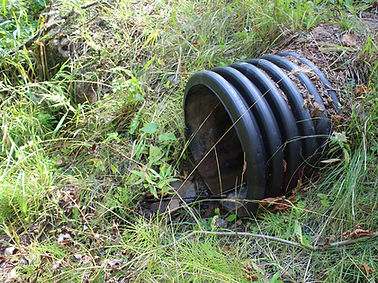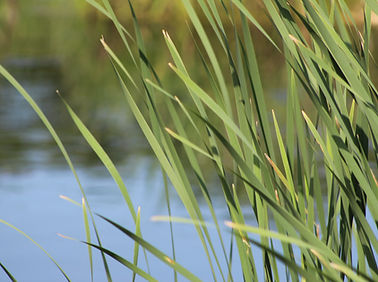

Lake | River | Water Programs

Water Management Plans
WATER MANAGEMENT AND WATER MANAGEMENT PLANS have been around for decades and they continue to evolve. In Minnesota water planning developed as a result of the statewide drought in the late 1970s which caused the legislature to encourage more effort at the local level to develop and implement local water management plans to better preserve and protect water and related land resources. The first or “original” Morrison County Comprehensive Local Water Plan was completed and adopted in 1995 and implementation of the plan began immediately. Since this time several updates have been made to the Water Plan with the most recent in 2017. It has served as the backbone for water and soil resource conservation in Morrison County and is the Morrison SWCD’s adopted Work Plan. Then in 2008 the Minnesota Pollution Agency (MPCA) adopted the Watershed Approach as recommended by the 2008 Biennial Report to the Legislature and directed by the Minnesota Legislature. Since then, all 80 major watersheds in the state have completed at least one round of the Watershed Approach which is described in more detail below. Most recently in water management, the One Watershed, One Plan was initiated by the Local Government Water Roundtable (Association of Minnesota Counties, Minnesota Association of Watershed Districts, and Minnesota Association of Soil and Water Conservation Districts). The goal for the development of these plans is to have them statewide by 2025. In addition, there is also the equivalent of these plans for municipalities that supply drinking water to their residents. In June 2020, the Source Water Protection program achieved its strategic goal of delineating Drinking Water Supply Management Areas for all 525 community public water systems in the state with vulnerable wells. In doing so, the program fulfilled its commitment to the Clean Water Council, made soon after the Clean Water Fund was established in 2010.
Shoreline Restoration
Morrison SWCD is committed to advancing the water quality goals outlined in the Morrison County Comprehensive Water Plan. Morrison SWCD office offers technical assistance to shoreline owners as well as cost-share assistance for Shoreland Restoration, Native Plantings and Raingardens in critical areas within shoreland areas. If you would like to learn more about how you can best understand and ultimately support your lake or rivers water quality, take a look at this short video produced by Anoka SWCD.


Stormwater Basins
Stormwater basins are often areas of high distrubance due to fluctuating water levels, pollutants and sedimentation. Plants are often needed that can handle these conditions such as floodplain forest species. More water-tolerant species are commonly planted in the base of detention basins, while dry prairie, mesic prairie or woodland species are typically planted on side slope. Stormwater basins are prone to invasion of weed species, so routine weed control is often needed.
Wetland Restoration
Individual conservation and mitigation programs provide guidance for goals related to native vegetation establishment in wetlands. Invasive species control, particularly reed canary grass is often a concern for wetland projects and need sufficient control to allow native vegetation to thrive. Native seed-bank plays an important role in the establishment of wetland vegetation. A wide variety of wetland species are also becoming commercially available for seeding wet meadows and shallow marshes.

